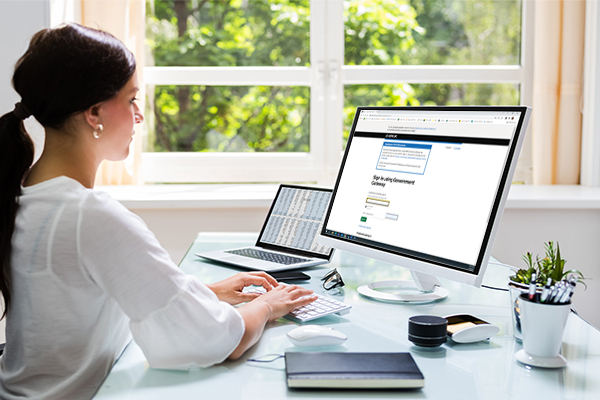If you’re a self-employed person who runs your own business, you’ll need to file a Self Assessment tax return. After that, you’ll be able to pay the correct amount of income tax and national insurance. It can be intimidating to file your taxes for the first time. But it doesn’t have to be that way. You can also get assistance from amazing agencies like Taxopia’s sole trader tax returns, check it out now and learn more.
Register for a self-evaluation
If you haven’t already done so, you’ll need to register as a single trader with HMRC. If any of the following points apply to you, you’ll need to do this:
- In the tax year, you earned more than £1,000 from self-employment (6 April 2020 to 5 April 2021)
- You’d want to be eligible for benefits by paying voluntary Class 2 National Insurance contributions.
- You’ll need to show proof that you’re self-employed.
Then you must notify HMRC that you will be paying your tax through Self Assessment. Fortunately, enrolling is simple: you may do it either online or by filling out an on-screen form, printing it, and mailing it.
You’ll be issued a 10-digit code that uniquely identifies you as soon as you register for Self Assessment. A Unique Taxpayer Reference (UTR) number is what this is called. We recommend having this handy for the next steps because you’ll need it while filling out your tax return. Keep in mind that you must register for Self Assessment by the 5th of October in the second tax year of your business.

Fill out and send in your self-assessment tax return.
It’s time to complete and submit your tax return once you’ve acquired all of the necessary information. Take a deep breath — it’s not as frightening as it sounds! If you’d rather do things the old-fashioned way, you can fill out the SA100 tax return form, print it out, and mail it to HMRC.
You can alternatively go the modern route and file your Self Assessment tax return online. As a self-employed person, you’ll initially fill out two forms: the SA100 (main tax return) and either the SA103S (form for self-employment if your annual turnover was below the VAT threshold for the given tax year) or the SA103F (form for self-employment if your annual turnover was above the VAT threshold for the given tax year) (the form for self-employment if your annual turnover was above the VAT threshold).
The amazing thing about Taxopia’s sole trader tax returns is that it fills in the necessary areas of the form for you based on the information you provide. It’ll even tell you if it believes you’ve made any mistakes or if you’re eligible for any tax breaks.



